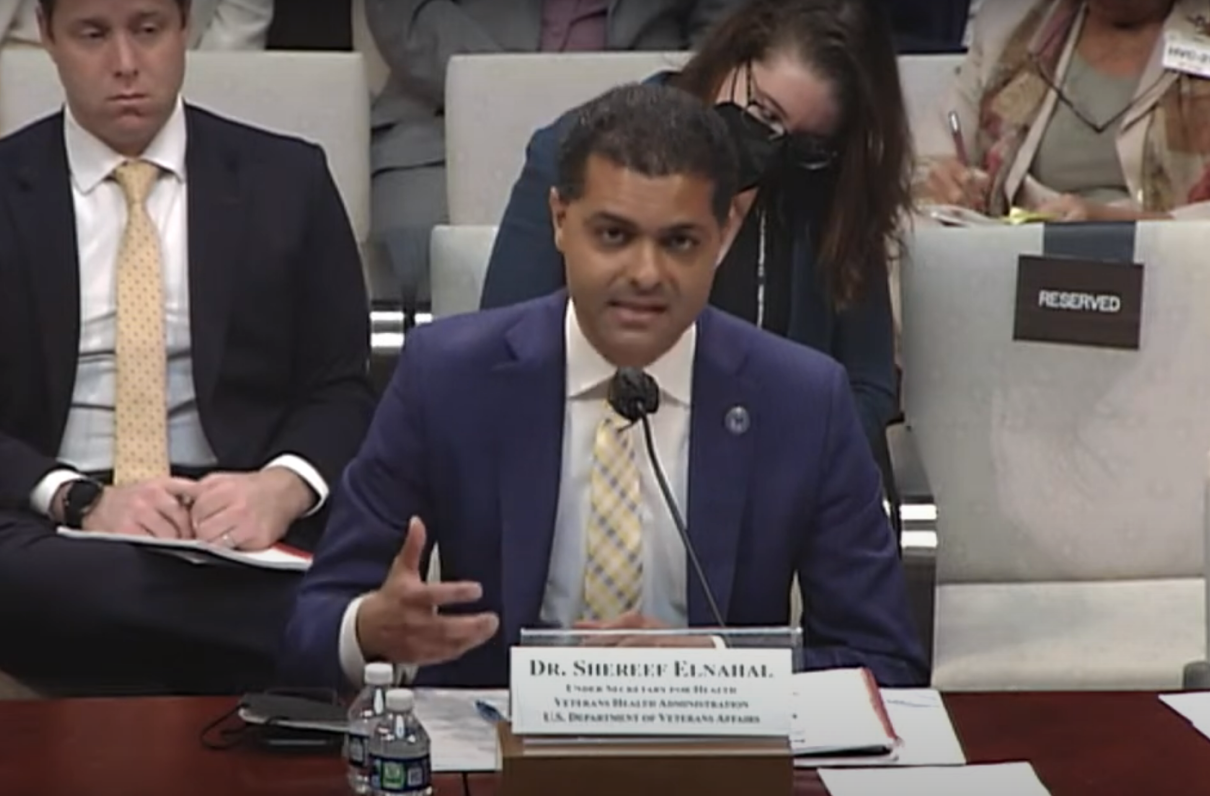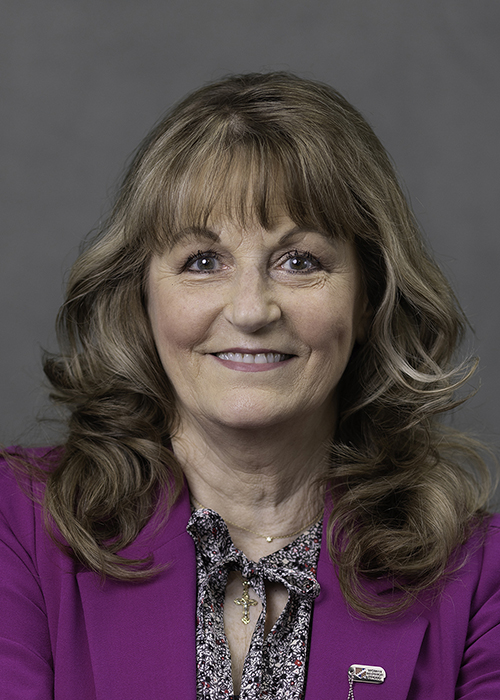MOAA joined other major veterans service organizations (VSOs) in a frank conversation on priorities with the new VA under secretary for health, Dr. Shereef Elnahal, on Oct. 5. The meeting was the first in five years with the health chief — the last being with Dr. David Shulkin, who went on to serve as secretary of the VA after 18 months in the position.
This first meeting with the new health chief was an opportunity for Elnahal to share his priorities and began what will be a quarterly venue for candid dialog with VSOs on what organizations like MOAA see as challenges and opportunities for the new leader.
Elnahal has traveled to several VA medical facilities from Florida to Hawaii, met individually with many VSO leaders, and conducted listening sessions with Veterans Health Administration (VHA) staff and veterans during his short time in office to help inform his priorities for VHA. His priorities are MOAA’s priorities. While generally broad, Elnahal put his priorities in simple terms to resonate with employees, veterans, Congress, and the public, assuring VSOs more specific goals and metrics would be shared soon. His priorities are:
- Hire faster and more competitively
- Connect veterans to the soonest and best care
- Serve veterans with toxic exposures
- Accelerate the journey to high reliability
- Support veterans’ whole health, their caregivers, and survivors
- Prevent veteran suicide
[TAKE A VA SURVEY: Evolution of VA's Mission Statement]
The VA continues to struggle with significant workforce shortages and limited ability to competitively compete for talent in the civilian sector. An antiquated human resource system; expansion of clinical, research, education and training, and national preparedness response missions in recent years; the COVID-19 pandemic; natural disasters; and mounting national economic problems have put additional strains on a health system trying to modernize and be veterans’ first choice for health care.
At the center of these priorities are what Elnahal calls strategic enablers that will help VHA achieve these goals. Enablers include:
- Partnering with VSOs, states, and advocates, and interagency collaboration
- Modernizing medical facilities into the future
- Scaling best practices and driving innovation
- Improving technology systems and workflows
- Driving equity for women, minority, and LGBTQ+ veterans
With few workdays left in the 117th Congress, a VA spending bill for FY 2023 is at the top of the department and VSO list of must-do legislation before the end of the year. VSOs urged the undersecretary to prioritize expanding long-term care, improving caregiver support services, and supporting vulnerable populations like women, minority, and underserved veterans.
MOAA and our VSO colleagues look forward to working with the new undersecretary on our collective priorities, such as implementing legislative toxic exposure reforms in the Honoring Our PACT Act, seeking legislation to improve VHA workforce and facilities, improving technology and record systems, and moving forward on many more issues important to our members, veterans and their families, caregivers, and survivors. These challenges and a new secretary also present new opportunities to work together, and MOAA is committed to helping the VA achieve its goals and ultimately provide veterans timely access to high quality care.
More Members Mean More Influence Over Our Health Care
Get involved and make sure your interests are addressed. Because the larger our voice is, the greater our impact will be.

